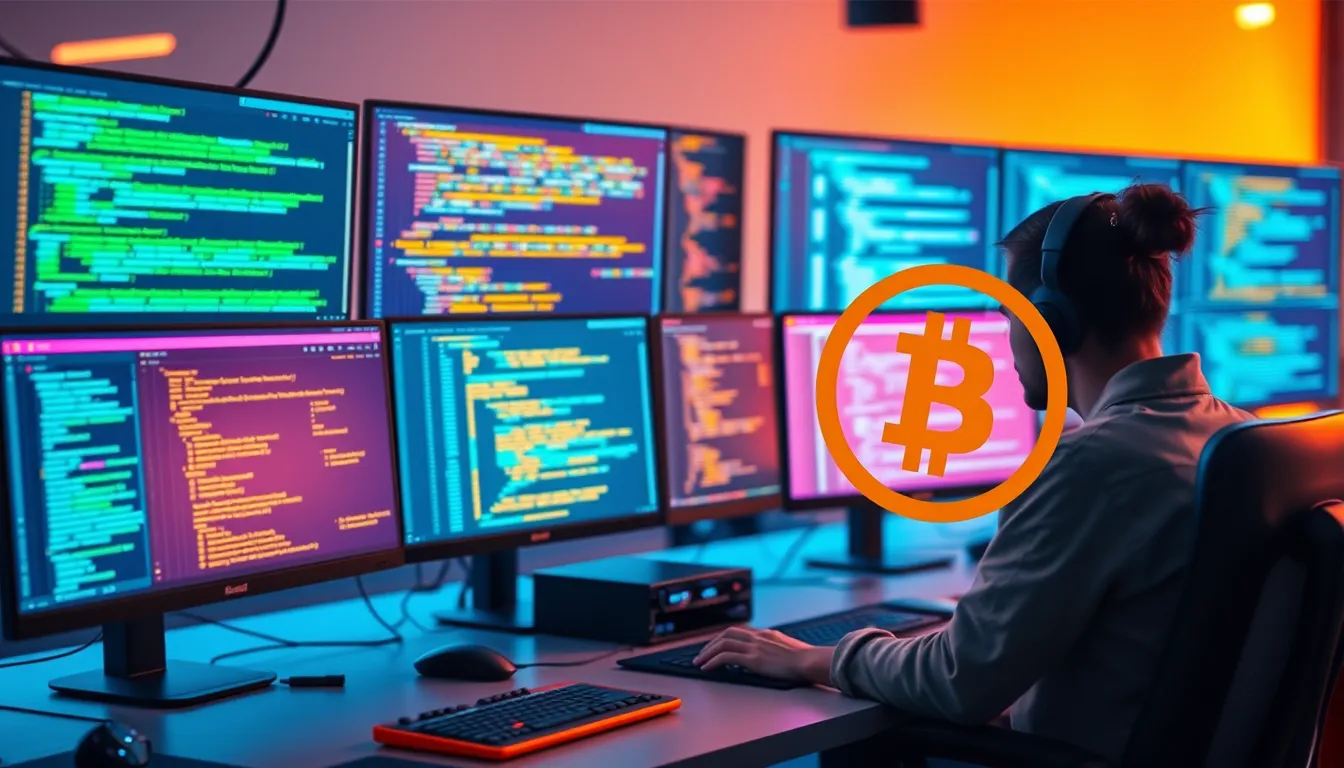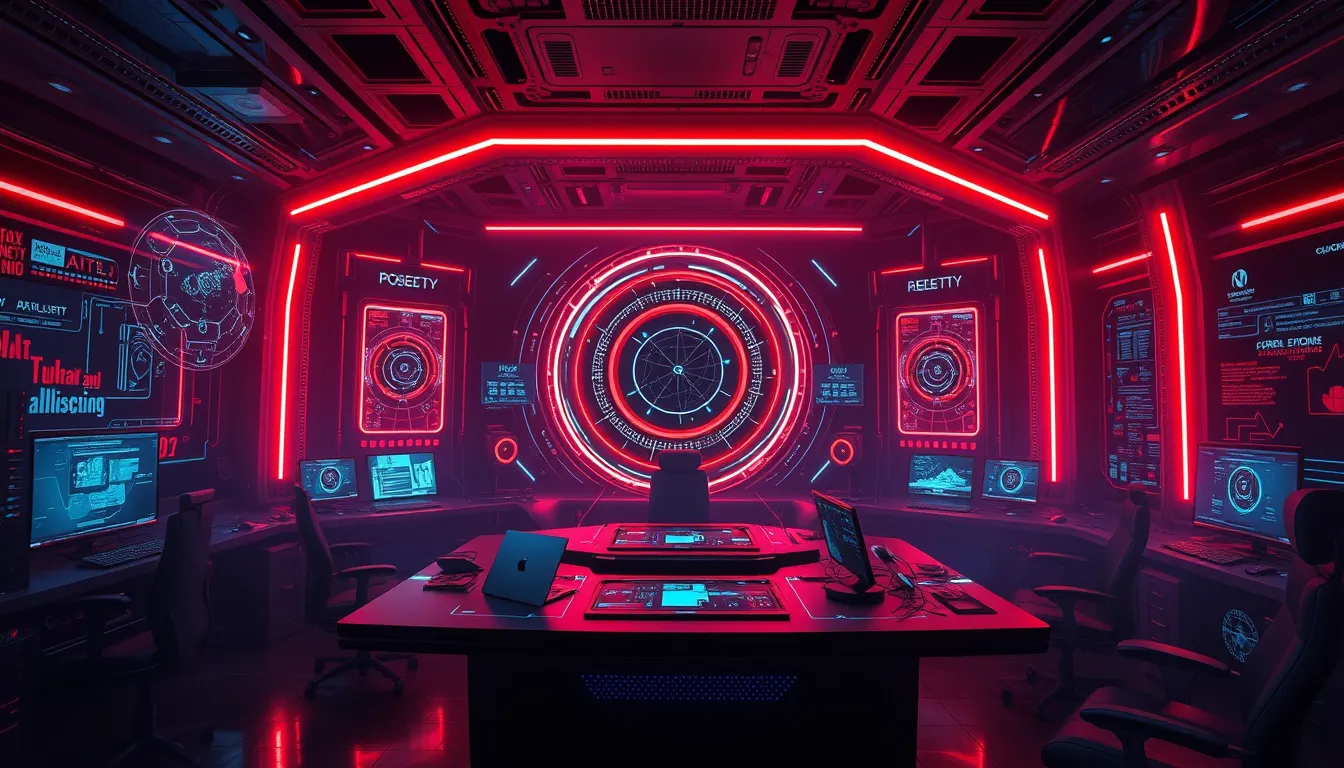Now Reading: GPT-5 Code Generation & Review: Empowering Developers
-
01
GPT-5 Code Generation & Review: Empowering Developers
GPT-5 Code Generation & Review: Empowering Developers

GPT-5 Code Generation & Review: Empowering Developers
The rapid evolution of artificial intelligence is transforming how software is developed. In this comprehensive review, we delve into GPT-5 code generation and its revolutionary impact on software engineering. In today’s tech landscape, developers are increasingly relying on AI tools to expedite code generation, bug detection, and overall coding support. However, while GPT-5 offers powerful new capabilities, it also presents challenges that require human oversight.
Unleashing the Potential of GPT-5 Code Generation
GPT-5 code generation has emerged as a transformative force in programming. Developers have praised its ability to rapidly generate coherent code snippets and offer innovative solutions that enhance productivity. With a focus on accelerating the development process, GPT-5 not only saves time but also provides alternative approaches to solving coding problems. The benefits include:
- Rapid code synthesis for common tasks
- Novel approaches to complex algorithm design
- Increased productivity through automation
These advancements make GPT-5 a potent tool in the coder’s arsenal, especially when integrated with traditional debugging practices. As developers continue to explore its full potential, the impact of GPT-5 code generation is becoming evident in various application domains.
Enhancing Software Engineering with GPT-5 Bug Identification and Coding Assistance
A significant advantage of incorporating GPT-5 into the development process is its role as a coding assistant. Many developers now rely on GPT-5 for both code generation and bug identification. This innovative tool can quickly pinpoint errors that might otherwise take hours to debug. Key aspects include:
- Swift detection of common coding errors
- Suggestions for code optimization
- Integration with existing development workflows
With these capabilities, GPT-5 moves beyond simple code generation. It acts as an intelligent review partner for developers, offering real-time insights. In practice, this means that while GPT-5 code generation is a critical asset, it also supports developers by flagging potential issues for further human analysis.
Addressing the Erratic Performance of GPT-5 in Coding
Despite its many advantages, users have noted the erratic performance of GPT-5 in coding. Several instances highlight the unpredictable coding output in GPT-5, requiring human intervention to ensure accuracy. Developers have observed that:
- On occasion, GPT-5 code generation produces ambiguous or error-prone code
- The model may require multiple iterations before arriving at a satisfactory solution
- Human oversight remains essential to verify and refine the output
The phenomenon of the erratic performance of GPT-5 in coding underscores the need for experienced developers to review and debug AI-generated code. While the model can generate impressive code snippets, its unpredictability occasionally makes it unsuitable for full automation in critical systems. Hence, the collaboration between AI and human expertise is vital in harnessing the full potential of this technology.
The Role of Human Oversight in AI Code Generation
As artificial intelligence continues to reshape software engineering, the partnership between AI and human developers becomes even more critical. The integration of human oversight ensures that the AI system – in this case, GPT-5 code generation – not only accelerates the development process but also maintains high standards of quality and reliability. Practical benefits include:
- Reduction in time spent on error correction
- Enhanced reliability in coding projects
- A balanced approach to innovation and quality control
Industry experts, such as those featured in a detailed analysis by Wired, stress that while GPT-5 is a significant milestone in AI, its optimal use depends on the synergy between automated processes and human expertise.
Future Outlook and Best Practices
Looking forward, the evolution of GPT-5 code generation technology promises further advancements in the field of software development. Best practices for leveraging this tool include:
- Regularly updating AI models to reflect new coding standards
- Incorporating continuous feedback from seasoned developers
- Establishing robust human oversight to validate and refine AI-generated code
As developers gain more experience with GPT-5 code generation, best practices will solidify its place as a reliable coding assistant. While challenges such as erratic performance persist, ongoing updates and improvements will likely mitigate many of these concerns. This balance of innovation with cautious evaluation lays the foundation for a future where AI is seamlessly integrated into the fabric of software engineering.
Conclusion
In summary, GPT-5 code generation is redefining the landscape of modern software development. Its powerful capabilities in code synthesis and bug identification are driving a new era of productivity and innovation. However, the unpredictable coding output in GPT-5 stresses the importance of human oversight, reinforcing that AI should serve as an assistant rather than a complete replacement for human expertise. By embracing the strengths of both AI and human developers, the tech industry stands poised to achieve remarkable advancements in coding accuracy and efficiency.

























